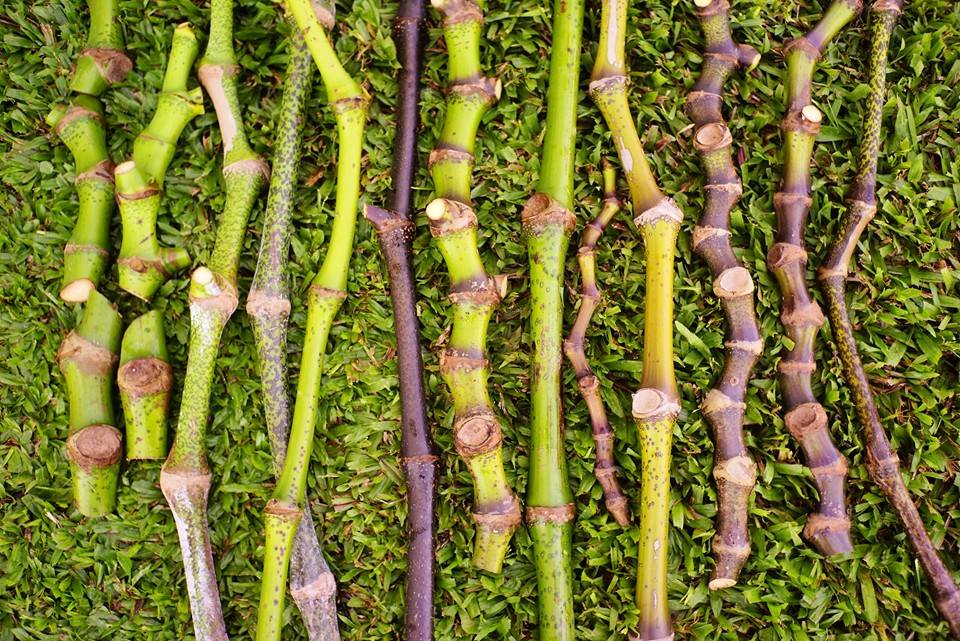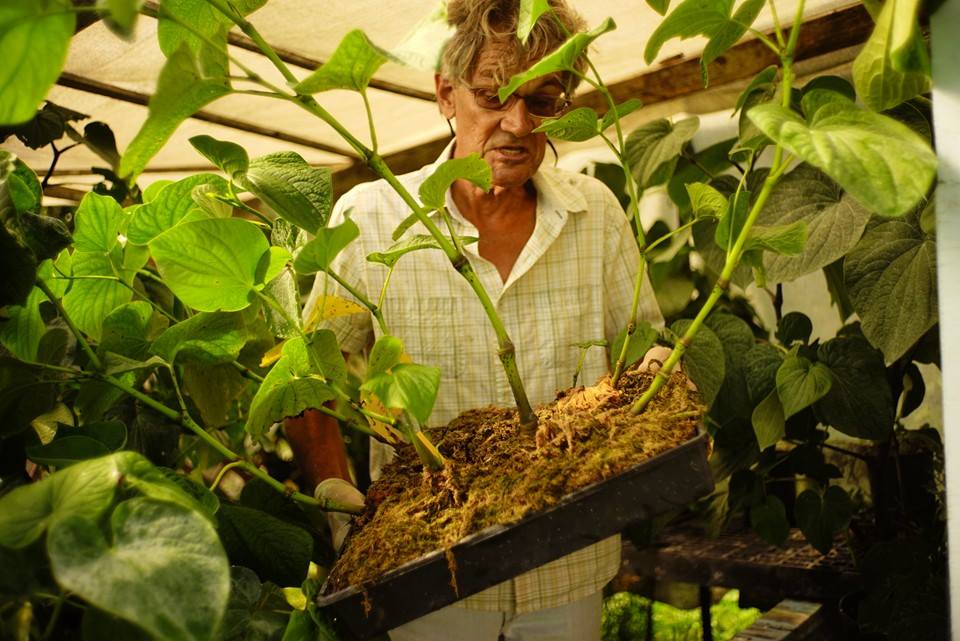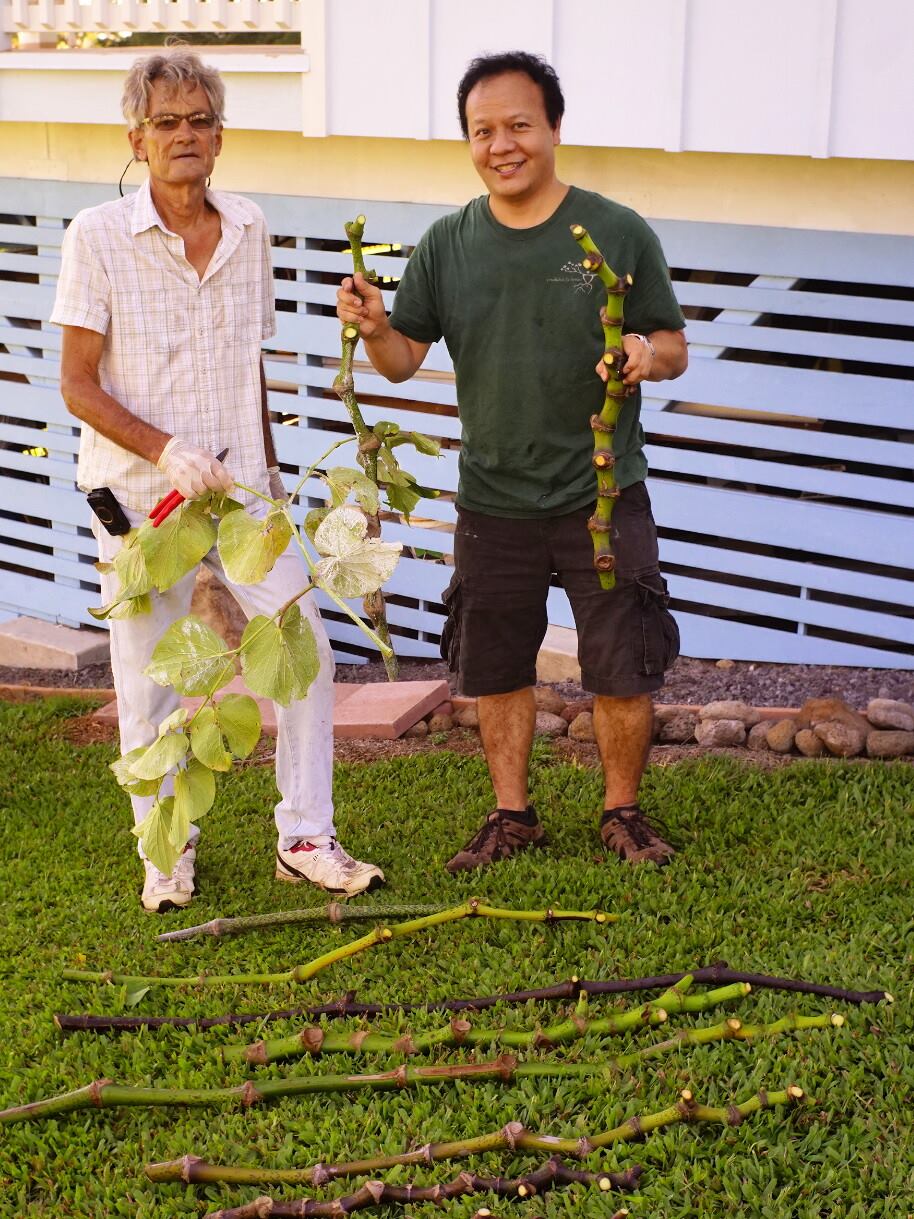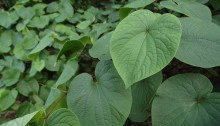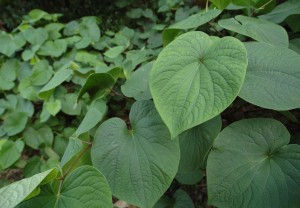
The ‘Awa Development Council (ADC) is a nonprofit 501(c)(3) public charitable organization. The ADC is devoted exclusively to educational, science, and cultural activities. Our motto is I Maluhia ka Honua (So that the world may be at peace). The following is a summary of our activities we conduct on a regular basis.
Education. We coordinate with professors and researchers to give talks and hold discussions with the public to educate them about the physiological benefits of kava, the safety of its use, its use in Hawaiian religion and culture, and current scientific understanding. We host the Kava Festival – an important educational venue for the dissemination of knowledge and understanding of kava.
We provide scientific literature and general educational material to schools and general public upon request. Educational display boards are also available for public viewing at public events. Our website, http://awadevelopment.org, is also a resource for kava education.
We are available to provide educational lectures and talks on kava. Funds will be disbursed to support research in kava. Students who research kava are encouraged to apply for ADC grants or scholarships.
Science. We engage in scientific research and also coordinate and provide referrals to researchers. For example, Will McClatchey, Ph.D, board member, is an associate professor of botany at the University of Hawai‘i at Mänoa. H.C. Bittenbender, Ph.D., board member, is the extension specialist for kava, cacao and coffee at the University of Hawai‘i. Both board members conduct scientific research on kava. Referrals are provided through our extensive contacts within the academic community, the Association for Hawaiian ‘Awa, a 501(c)(3) organization, and use of our website. We also refer researchers who require plant material to gardeners, farmers and nurseries. Research results that are supported by the ADC are also posted on our website.
We also support science by using the Kava Festival as an important venue for scientific demonstrations and talks. In 2003, the Kava Festival had lecturers from the University of Hawai‘i, National Tropical Botanical Gardens, and the Association for Hawaiian ‘Awa, a 501(c)(3) organization.
Culture. The ‘Awa Development Council (ADC) appreciates that ‘awa often plays an important role in the practice of traditional Hawaiian culture. We respect, support, and encourage practice of Hawaiian protocols at ADC functions and events, conducted by kahuna (specialist practitioners) traditionally trained to preside over ceremonies involving the use of ‘awa. These may include protocols of greeting, blessing, honoring of guests and leaders of community groups, organizations, and government.
Our Support. We rely on institutional grants and public contributions for support. Examples of grants include contributions from Lyon Arboretum Association, a 501(c)(3) organization, and donations provided by the public. In-kind contributions include collaborations with Lyon Arboretum, the College of Tropical Agriculture and Human Resources, both institutes of the University of Hawai‘i. Examples of these in-kind contributions include use of the Lyon Arboretum grounds for the Kava Festival, volunteers from the Lyon Arboretum Association, and use of University of Hawaii facilities such as PowerPoint system (laptop computer, PowerPoint software, projector), public address system, and vehicles for shuttle service. We also intend to apply for funding from the Associated Students of the University of Hawai‘i (ASUH) – the undergraduate student government representing all fulltime, classified, undergraduate students at the Manoa Campus as chartered by the University of Hawai’i Board of Regents.
Please donate to the ADC via check or money order payable to `Awa Development Council or online via Paypal button here:
Alternate or in-kind contributions may also be arranged by contacting us.
Donations are fully tax deductible as allowed by our tax exempt status under section 501(c)(3) for charitable organizations.
Mahalo for your support,
Board of Directors
Jonathan Yee, P/COB
Will McClatchey, Ph.D., VP/BOD
Daren S. Kimura, T/BOD
H.C. Skip Bittenbender, Ph.D., S/BOD
Sam ‘Ohukaniohia Gon, III, Ph.D., CPR/BOD
Contact information:
`Awa Development Council
PO Box 26344
Honolulu HI 96825
(808) 256-5605
secy.adc@gmail.com
http://awadevelopment.org
